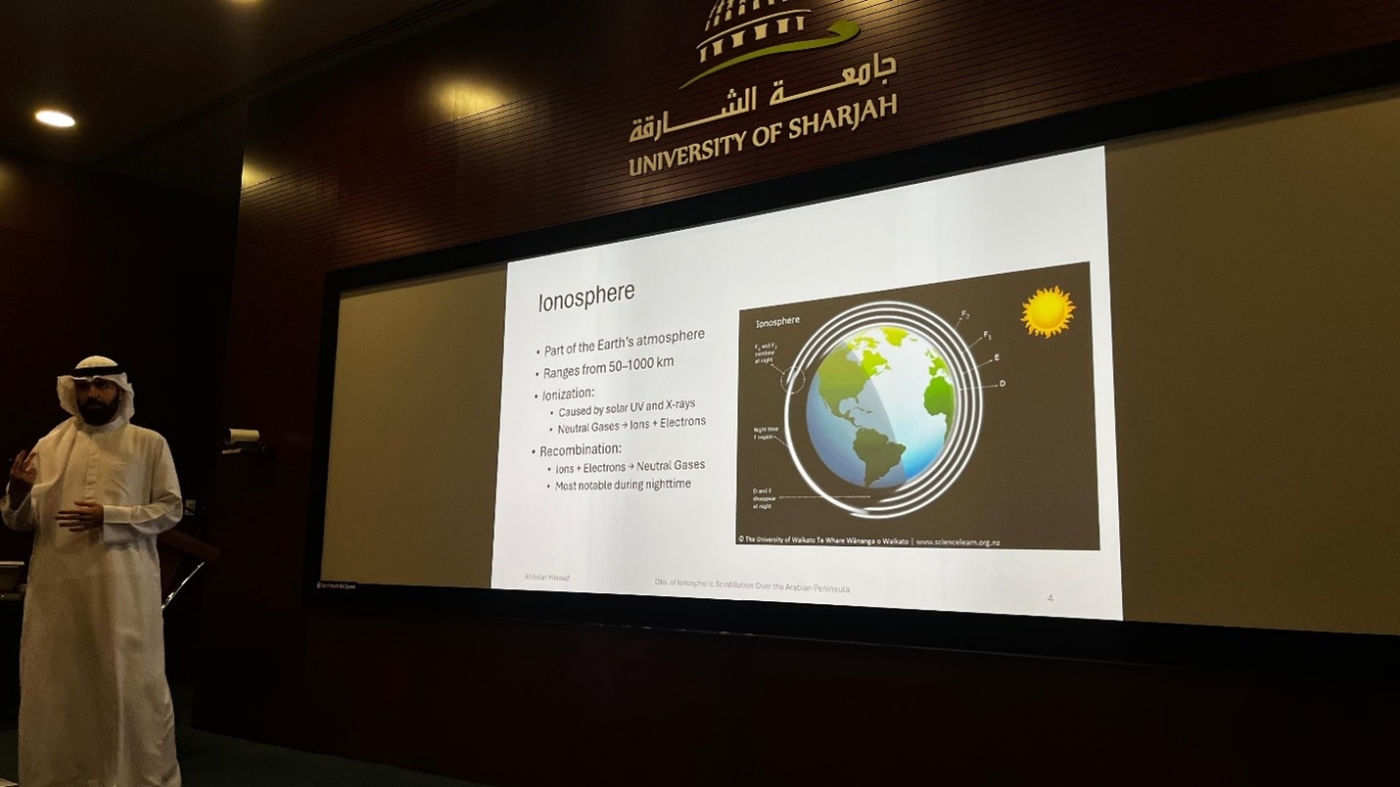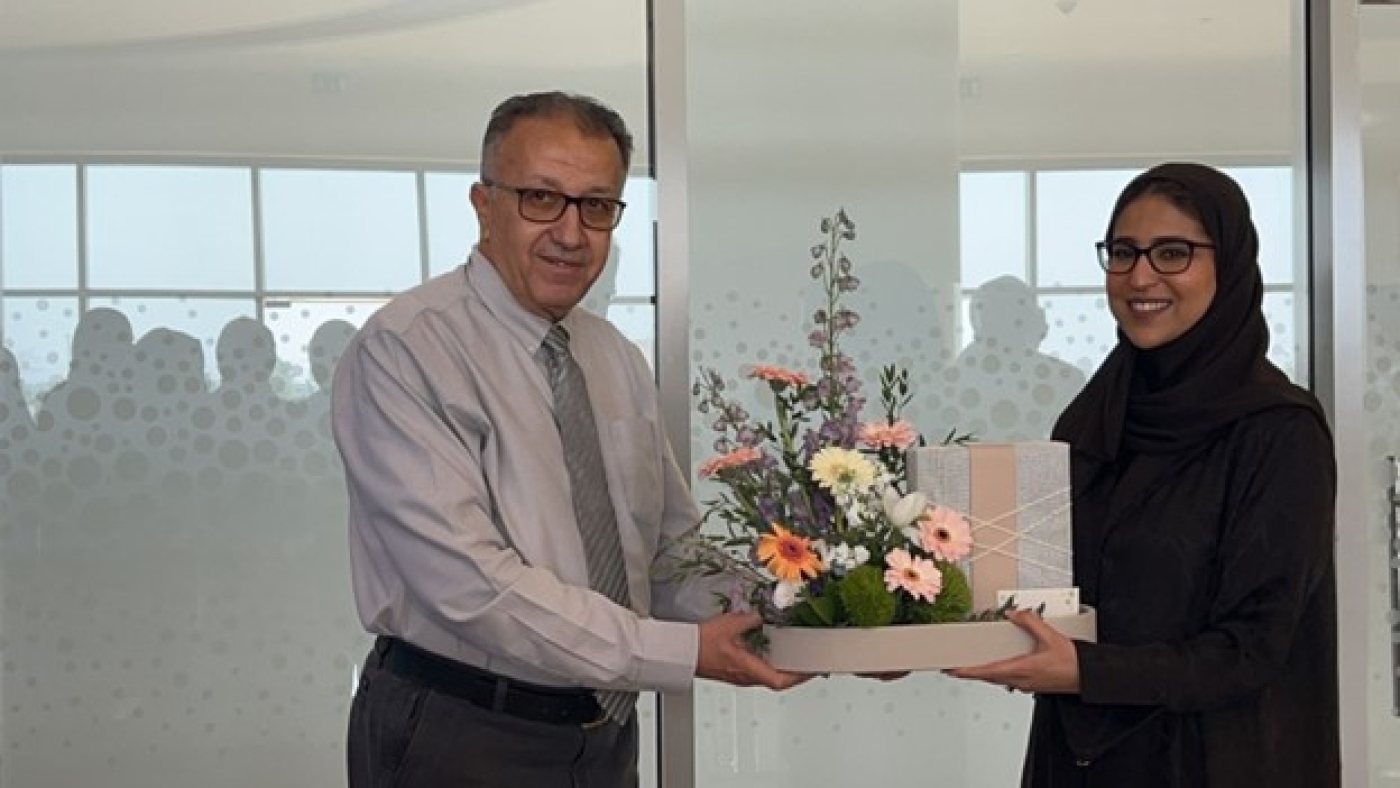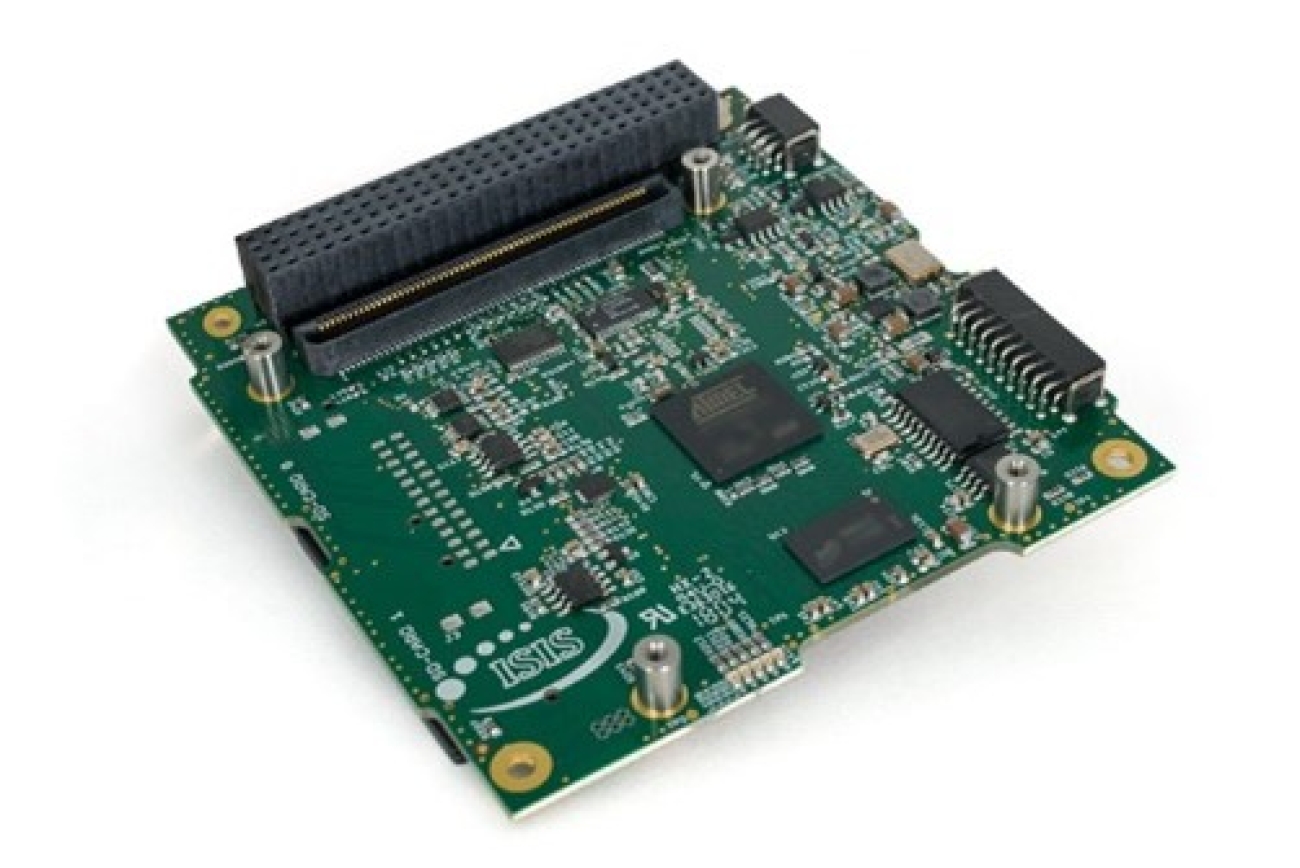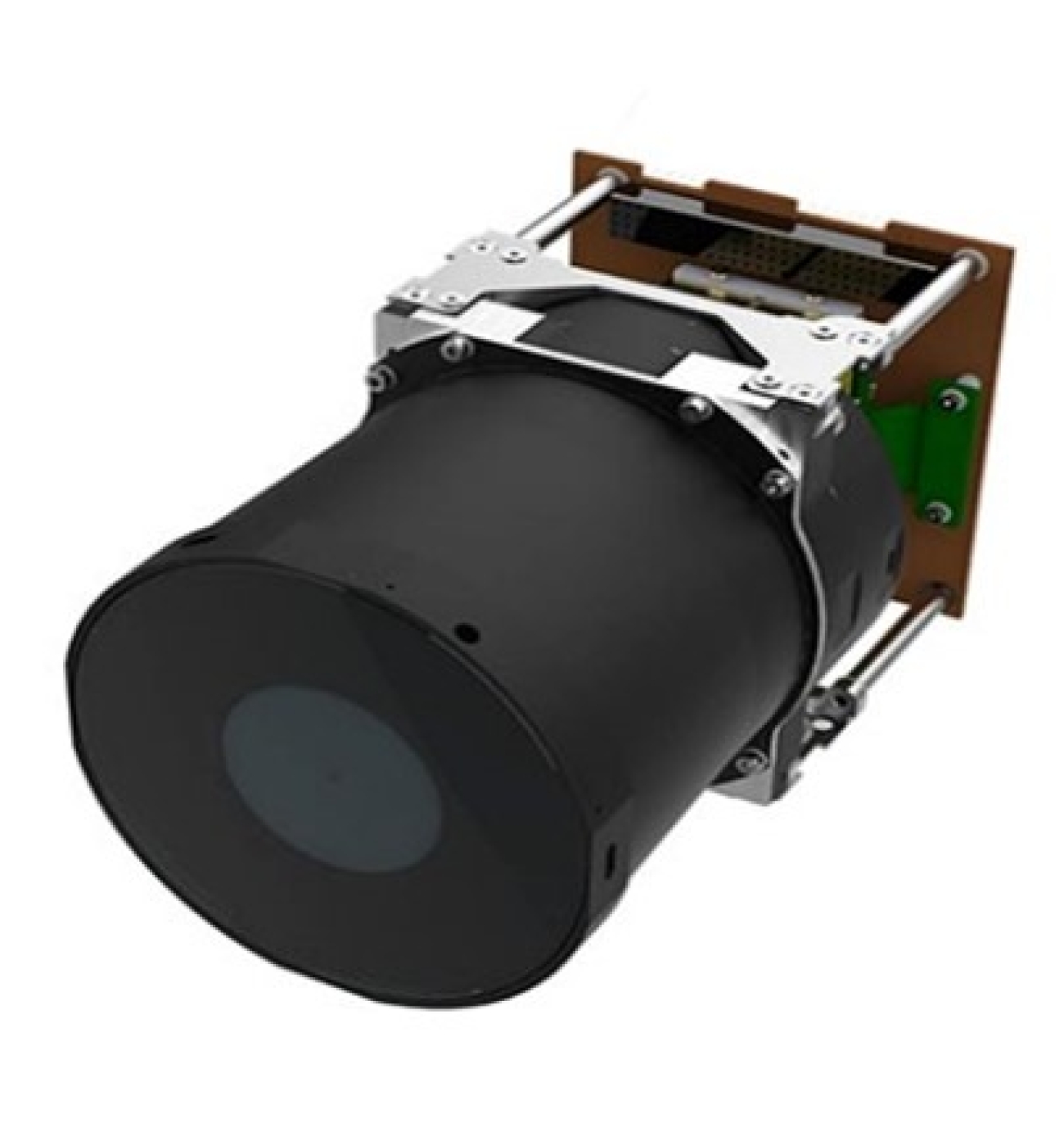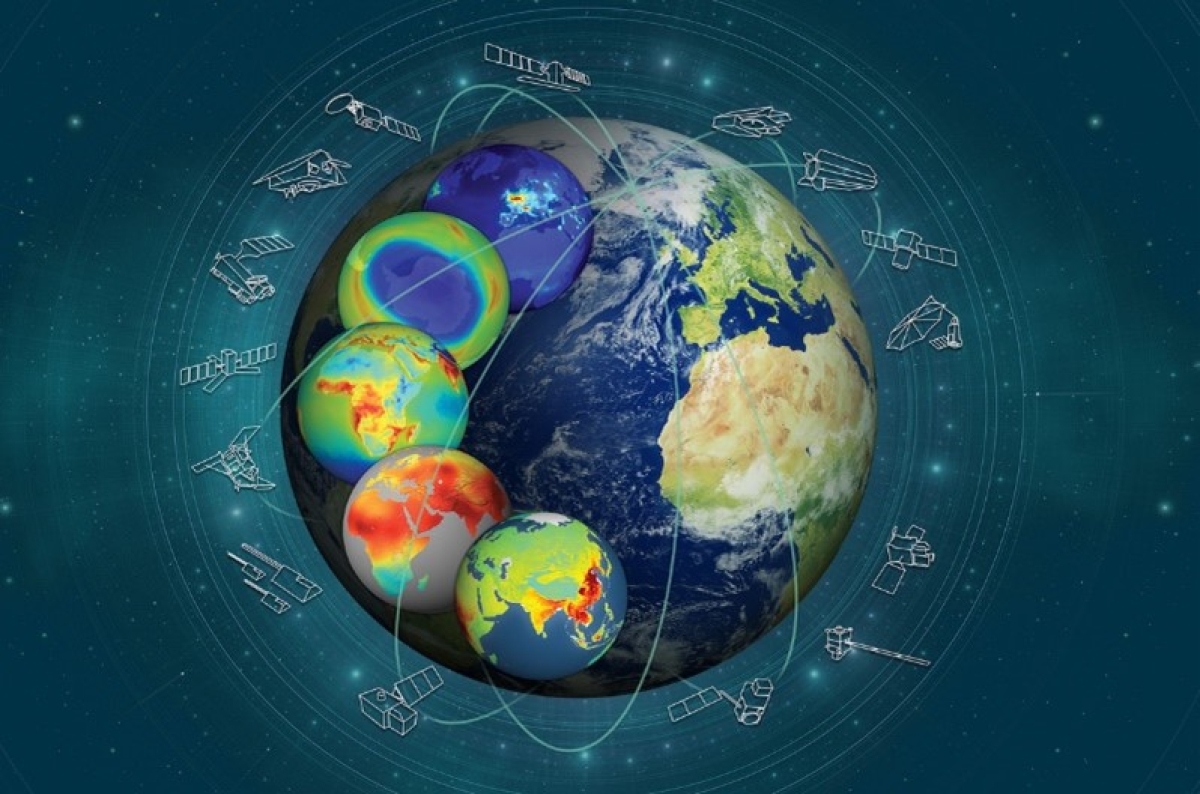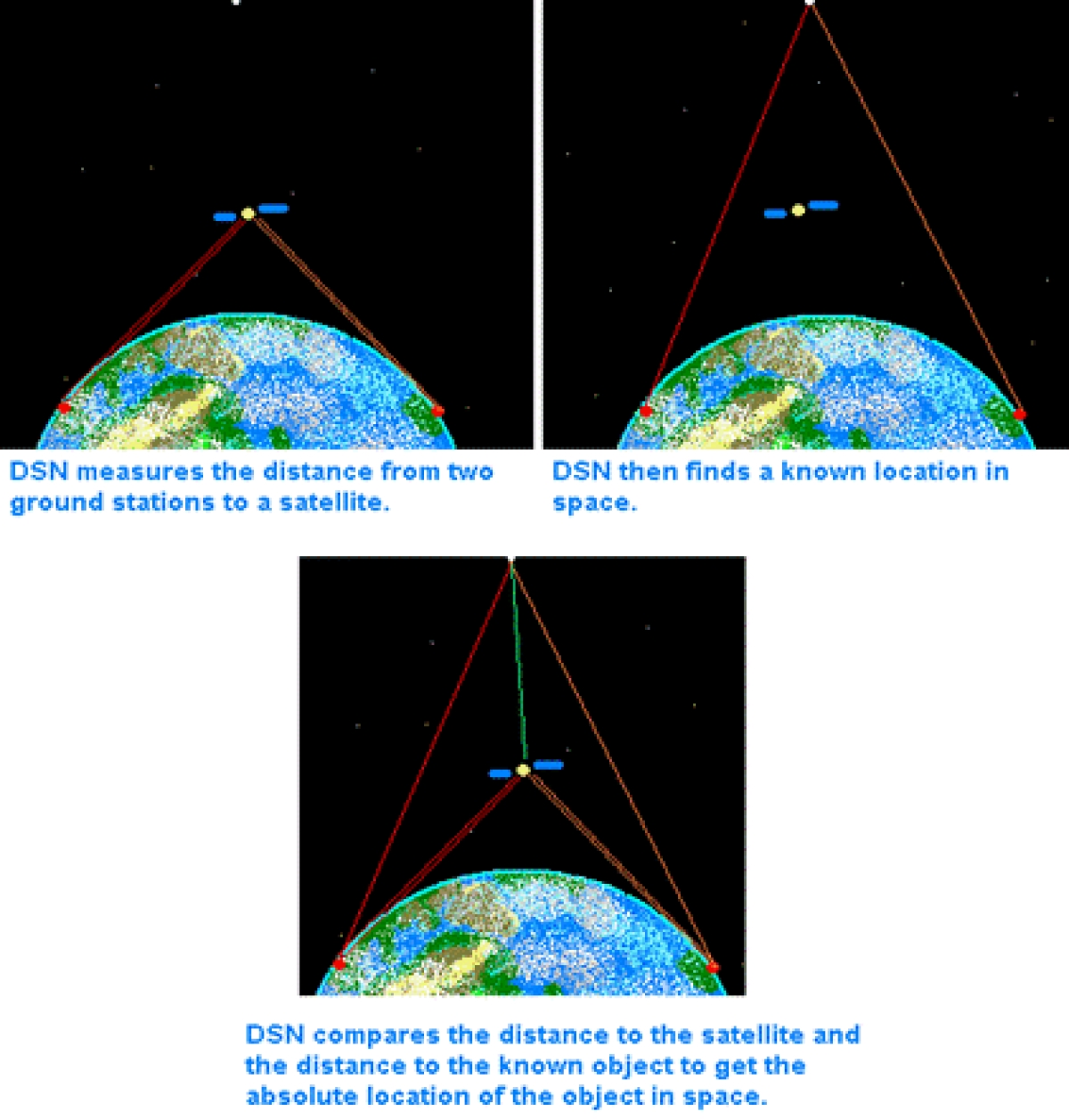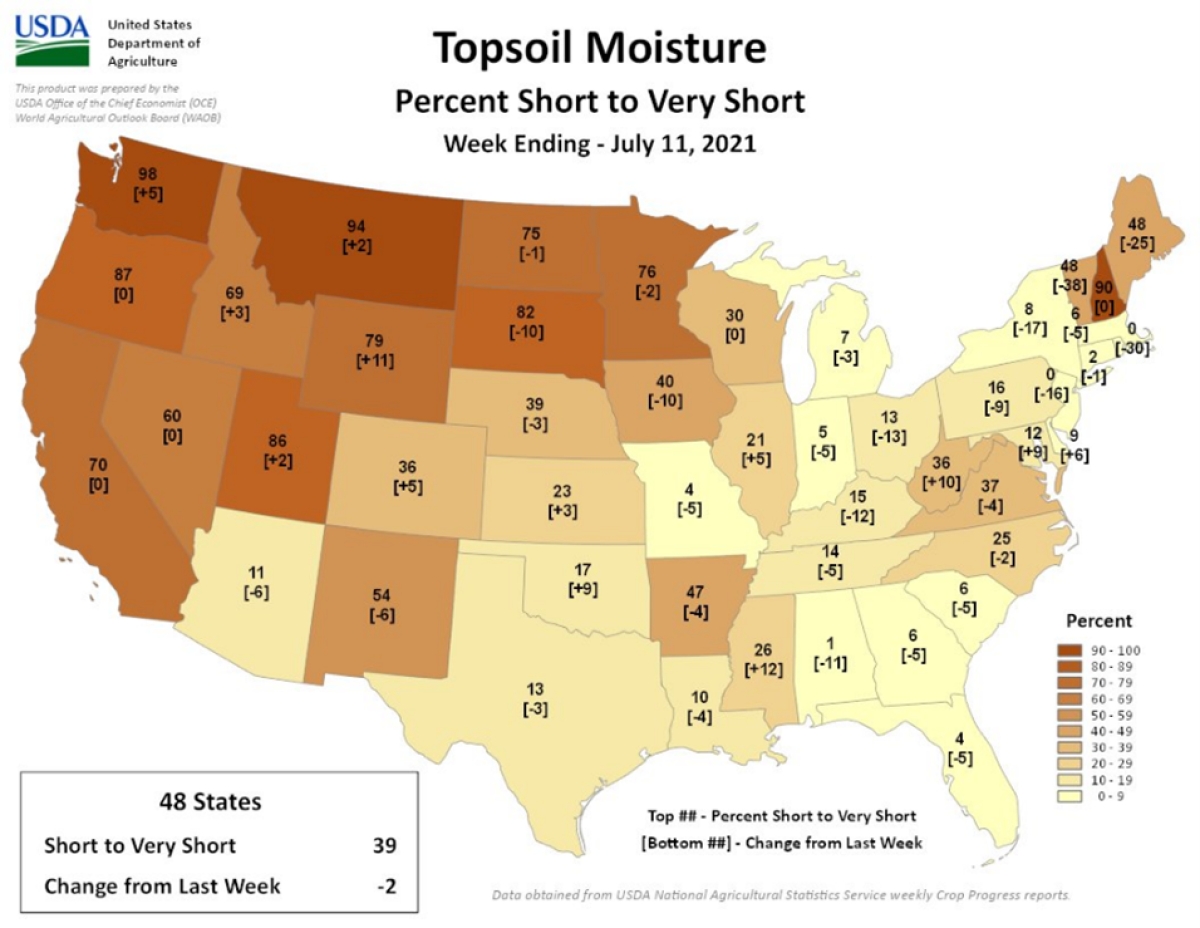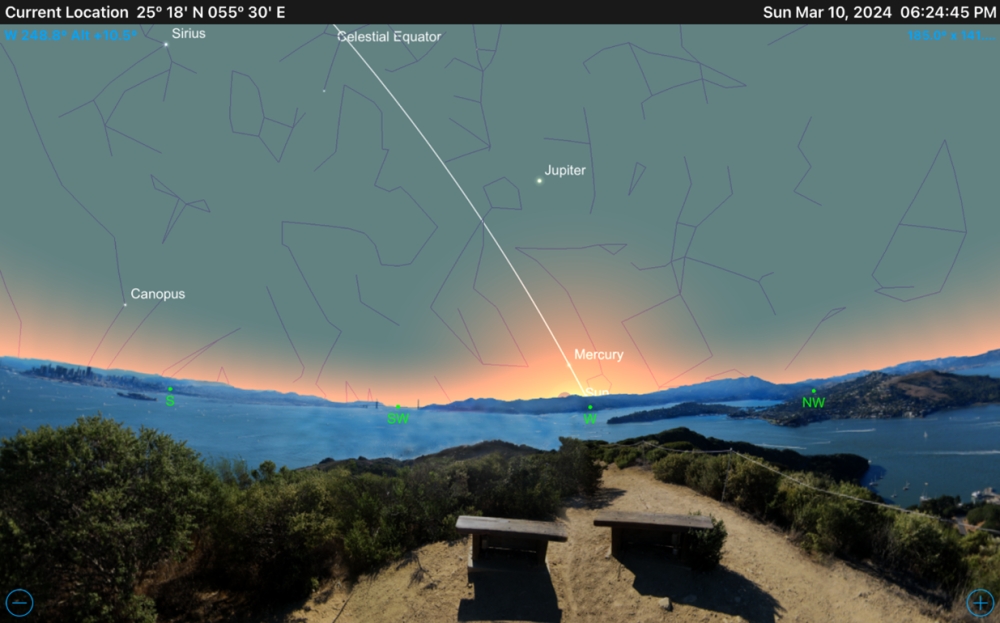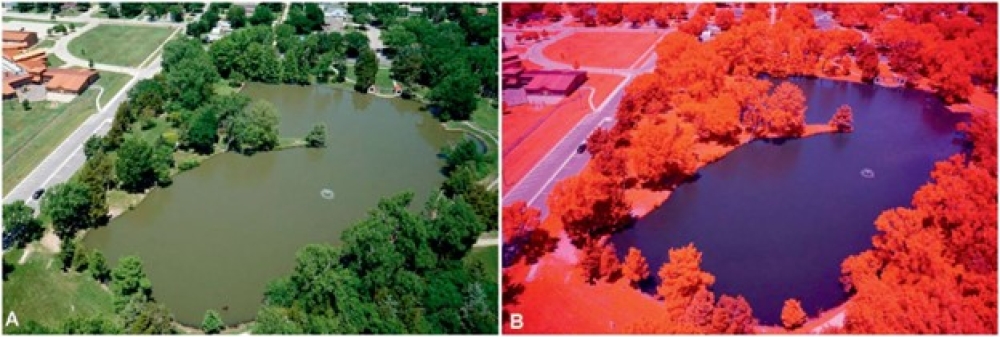Observations of Ionospheric Scintillation over the Arabian Peninsula Abdollah Massoud Darya
On Wednesday, May 22, Abdollah Masoud Darya, a Space Weather and Ionosphere Laboratory researcher presented a talk titled: “Observations of Ionospheric Scintillation Over the Arabian Peninsula”.
Farewell to Mrs. Maryam Al-Ansari
With heavy hearts and profound gratitude, the Space Sciences Department bid farewell to Mrs. Maryam Al-Ansari, a beacon of excellence and innovation in our CubeSat Laboratory at the Sharjah Academy for Astronomy, Space Sciences, and Technology.
Computer Microprocessors in Space
Ali Almajedi
CubeSat Laboratory
Computer processors on your computers, laptops, and phones have gotten fast. Extremely fast.
Total Solar Eclipse
SAASST Engineer Yousuf Faroukh had a remarkable a once in a lifetime opportunity to witness a total solar eclipse during his trip to the USA to attend the coming SPIE conference in Washington, D.C. He recorded the remarkable experience of witnessing the total solar eclipse on April 8, 2024, from Cleveland, Ohio.
Does a CubeSat Require a Propulsion System?
Eng. Ahmad Al-Tunaiji
Rocket Propulsion and Exhaust Systems Laboratory
CubeSats are miniature, standardized satellites that have revolutionized space exploration and are used for educational and research purposes.
Sharjah-Sat-2 Payload (Hyperspectral Camera)
Eng. Maryam Al-Ansari
CubeSat Laboratory
The Sharjah Academy for Astronomy, Space Sciences, and Technology (SAASST) in the United Arab Emirates stands as a leader in the progression of space technology and research.
Big Data in Earth Observation: Challenges & opportunities
Eng. Manar Anwer Abusirdaneh
Space Weather and Ionospheric Laboratory
Ever since the first remote sensing satellite was launched in the early 1960s, followed by hundreds of space-borne missions and thousands of space-borne sensors, the field of Earth Observation (EO) started to witness an explosive growth in data resources that ultimately pushed it into a new era, that of “Big Data,” where the term “Big” refers to much more than quantity here.
Finding The Path in Space: How A Satellite Does It
Eng. Zian Shafi
CubeSat Laboratory
In the modern world, satellites play a huge role in day-to-day navigation.
Remote Sensing Using GNSS-Reflectometry
Abdollah Masoud
Space Weather & Ionosphere Laboratory
Global Navigation Satellite Systems (GNSS) consist of two main segments: the satellites that broadcast positioning and timing information and ground receivers that receive and decode that information.
Soil Moisture Monitoring for Food Security and Agriculture
Mohammad Musharraf
Radio Astronomy Laboratory
“Nasa Harvest” is NASA’s global food security and agriculture consortium.
More...
RAMADHAN 1445 AH When does it start? Ilias Fernini (Independent Astronomer)
Below is some basic astronomical Information about the observations of the crescent of Ramadhan 1445 AH for the city of Sharjah.
Unveiling Earth's Degradation and Desertification From Space
Ms. Noora Salem Abdulla
Meteorite Center
Land degradation and desertification are some of the most important environmental issues in the world.
Infra-Red Remote Sensing
Samar Hassan
Radio Astronomy Laboratory
Infrared sensors are usually used to find radiation from heated objects on the Earth’s surface.
Meteorological Satellites “Meteosat”
Mr. Mohammad Rihan
Radio Astronomy Laboratory
We live on the floor of a great ocean called the atmosphere, which supports all kinds of life and preserves the liquid water.



